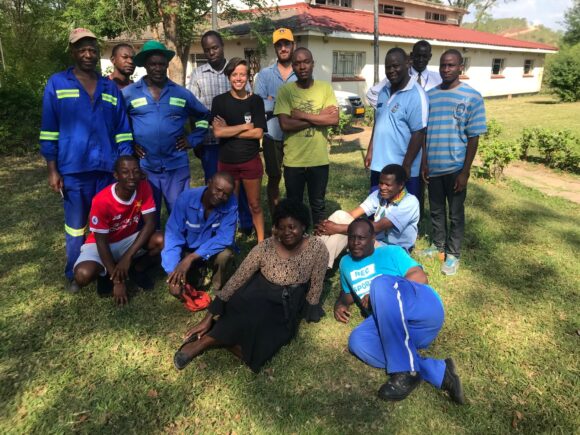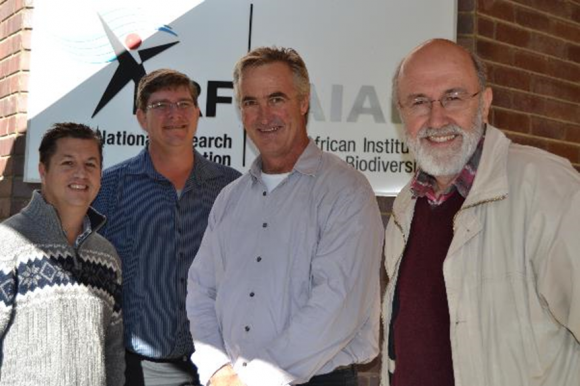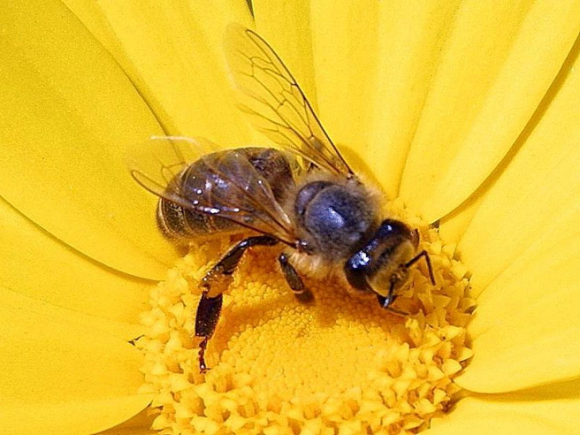9 November 2021 | By Josie South
The Australian redclaw crayfish (Cherax quadricarinatus) ̶ a global invader likely to cause severe ecological and socio-economic impacts ̶ is now invasive in the Zambezi Basin and a cause for concern.
This is the finding of a recent study, published in Aquatic Conservation: Marine and Freshwater Ecosystems, which determined invasion extent, population structure and spread rate of the Australian redclaw crayfish in the Zambezi Basin.
The study by C∙I∙B Associate Josie South and the late C∙I∙B Core Team member Olaf Weyl, in collaboration with scientists from the South African Institute for Aquatic Biodiversity, the University of Zimbabwe, the Ministry of Fisheries Zambia and Namibia, and the WWF, was the result of a four-month long field campaign to complete the first strategic assessment of the crayfish invasion throughout the Upper and Middle Zambezi.
The Zambezi Basin covers a huge swathe of Africa; the study used standardised trapping to survey five freshwater ecoregions including ten rivers and three Ramsar Wetlands in four countries.
Invasion cores were detected in the Barotse floodplain and Kafue River in Zambia and in Lake Kariba in Zimbabwe. The Barotse floodplain was the most recent introduction (2014) and the population morphometric characteristics (mass and carapace length) were not yet comparable to the older invasions in Kafue and Kariba despite the probability of capture being similar. This suggests that the older invasions can be used to project the invasion trajectory in the Barotse floodplain.
No crayfish were detected in the Okavango Floodplains nor the Zambezian Headwater ecoregions. The Okavango Floodplains are ecologically sensitive and currently pristine from invasion, but they are connected to the Zambezi mainstem through the seasonally inundated Selinda Spillway.
The team calculated the downstream spread rate to be 49 km a year and 12 km a year upstream. Which means that the Okavango Delta is at risk of invasion in the next decade.
“There are also several other priority conservation areas in the Zambezi Basin and the rapidly progressing invasion poses a huge threat to the endemic biodiversity of the region,” explains Josie South.
The team also reported, for the first time, on the occurrence of intersex individuals in each population. However, the proportion of intersex individuals was disproportionately high in the most recent Barotse floodplain invasion. Intersex individuals produce offspring which are 3:1 female biased which may be a mechanism for the rapid success and spread of this invader.
The high abundance and spread rate through the Zambezi system is incredibly concerning. There needs to be a global effort to determine impacts of Australian redclaw crayfish in order to make appropriate management decisions.
“This study was the first cohesive assessment in the region and can be used as a basis for long-term monitoring efforts to protect areas of international significance. National authorities need to work together to develop population suppression activities to reduce impact and further spread,” says Josie South.
Read the paper
Madzivanzira TCM, South J, Ellender BR, Chalmers R, Chisule G, Coppinger CR, Khaebeb HF, Jacobs FJ, Chomba M, Musando B, Mwale C, Nhiwatiwa T, Rennie CL, Richardson N, Weyl OLF. (2021). Distribution and establishment of the alien Australian redclaw crayfish, Cherax quadricarinatus, in the Zambezi Basin. Aquatic Conservation: Marine and Freshwater Ecosystems. https://doi.org/10.1002/aqc.3703
For more information, contact Josie South at j.south@leeds.ac.uk




